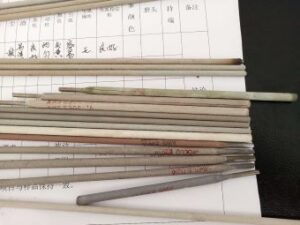
Some suggestions for welding customized stainless steel structure
Due to the wide range and high cost of stainless steel products, most of them need to be customized. However, during the customization process, various challenges often arise. Poor quality materials: Common stainless steel materials are typically classified as 201 and 304, with a price difference of almost 50%. Insufficient material thickness: If the required thickness is 1.0mm, manufacturers might use 0.85mm instead. Welding issues: Welding can be either spot welding or full welding. Full welding, while stronger, is more expensive. Electroplating color variation: The color of stainless steel plates can vary between batches. Transportation problems: Finished products are often damaged during transportation and are difficult to repair. So, how can these problems be effectively addressed? – Material quality: Whether it’s 201 or 304 stainless



